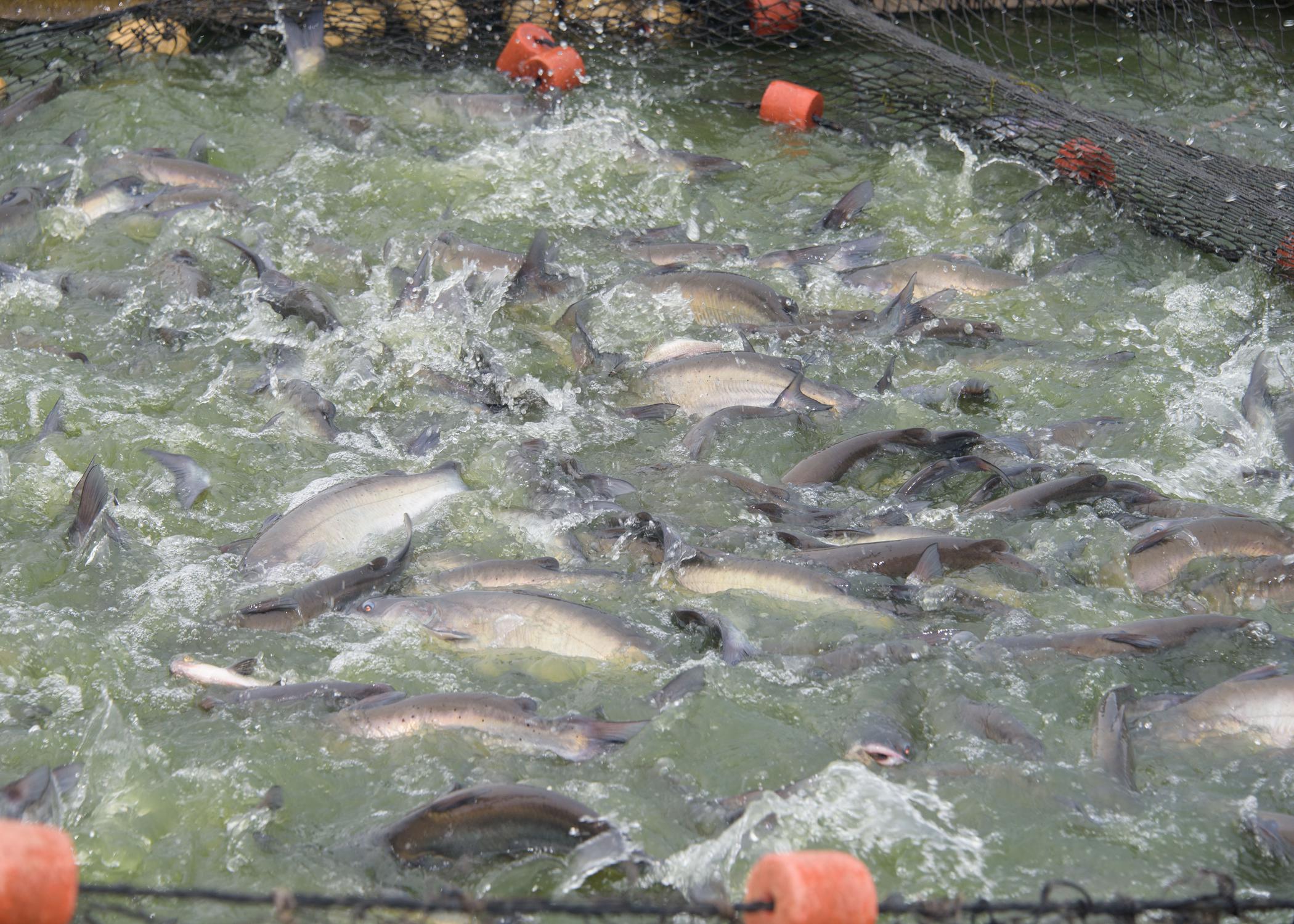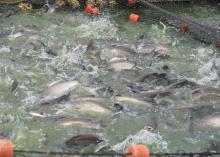Information Possibly Outdated
The information presented on this page was originally released on July 16, 2021. It may not be outdated, but please search our site for more current information. If you plan to quote or reference this information in a publication, please check with the Extension specialist or author before proceeding.
Labor shortages limit catfish supplies, raise prices
STARKVILLE, Miss. -- Many Mississippi restaurants that serve catfish have had to pay their distributors more to keep the popular Southern dish on the menu this year or go without, but pond inventory is not the primary issue.
Instead, labor shortages at processing plants are more to blame, said Jimmy Avery, Extension aquaculture professor at the Mississippi State University Delta Research and Extension Center in Stoneville. Industry data, he said, show processing is down 9% for the first five months of 2021 when compared to the same period in 2020.
“I think labor shortage is the big driver in this number. Although there is some talk about tight fish supply, there are no numbers to support it,” Avery said. “When supply gets tight either due to low pond inventories or processing shortages, processors shift available product types and volume to long-time customers with high volume and price.”
May fish prices for premium sized fish to farmers was $1.25 per pound, according to the Mississippi Department of Agriculture and Commerce -- 9 cents more than the annual average of $1.16 in 2020 and 4 cents more than the 2016 average.
MSU aquacultural economist Ganesh Kumar said the slow recovery in the industry’s processing phase can be attributed to several factors related to COVID-19. These include limits on how many people could work during the same shift while maintaining social distancing, as well as processors finding enough workers willing to work for pay comparable to stimulus checks and unemployment benefits. Still, he said he is optimistic about the industry’s prospects as it shakes off the pandemic’s effects.
“A lot of us are surprised by how quickly the catfish industry came back,” he said. “The restaurant closings last year were a problem, but a lot of product usually sent to the restaurants in large bags were repackaged, refurbished and made available to other retailers.”
Even though production was hampered in 2020 due to the pandemic, Mississippi produced 317 million pounds of catfish, which was only 0.6% lower than the 2016 production.
“Our lowest production in several decades was 300 million pounds in 2012,” Avery said. “In 2018, domestic production rose to 341 million, an increase of 12%.”
2016 was the year U.S. Department of Agriculture’s Food Safety and Inspection Service (FSIS) took over inspection of imported catfish. Under FSIS oversight, 100% of catfish is inspected, and FSIS requires foreign countries to demonstrate that their inspection systems are at least equivalent to the U.S. inspection system.
According to a USDA quantitative risk assessment on the public health outcomes associated with chemical hazards in aquaculture, applying the FSIS program to catfish yielded a reduction of approximately 175,000 lifetime cancers, as well as 95 million exposures to antimicrobials and 23.7 million exposures to heavy metal that constitute health risks. Just this year, FSIS has rejected more than 100,000 pounds of catfish from China for failed lab analyses.
“The FSIS regulations are doing what they are supposed to do. The price hikes consumers are seeing are likely because of the supply issues, slight demand rise, as well as general inflation in consumer goods,” Kumar said. “The key point is that FSIS regulations are not for protecting the domestic industry but for ensuring consumers’ safety. This regulation is critically addressing the issue of equality of food safety standards between domestic catfish and imported pangasius products, curtailing the amount of contaminated fish coming into the US seafood market.”




